Disclosure: This article contains affiliate links. We may earn a commission from purchases at no extra cost to you, which helps our travel content.
The predawn air bit at my cheeks as I stood at the base of Tunari Mountain, its silhouette a dark sentinel against the indigo Bolivian sky. At 5,035 meters (16,519 feet), this sleeping giant has watched over Cochabamba for millennia, a constant presence in the lives of locals who refer to it as their protector. Having spent the last month in Mexico City consulting with eco-tourism startups, I found myself drawn to Bolivia's contradictions—a country of immense natural wealth yet economic challenges, of ancient traditions coexisting with rapid change. In many ways, Tunari embodies the wabi-sabi philosophy I've embraced from my Japanese heritage: perfect in its imperfection, magnificent in its weathered façade. This trek wasn't on my original itinerary, but the best adventures rarely are. What followed was a week of physical challenge, cultural immersion, and the kind of soul-stirring connection to nature that reminds us why we travel in the first place.
Preparing for Tunari's Winter Challenge
Tunari is not a mountain to be underestimated, particularly during Bolivia's winter months (May-October). While Cochabamba enjoys its 'eternal spring' climate at lower elevations, Tunari's upper reaches tell a different story. Temperatures can plummet below freezing, and the thin air at 5,000+ meters demands respect.
My journey began with three days of acclimatization in Cochabamba (2,558m). I stayed at a modest hostel in the city center, splitting my time between gentle walks through Plaza 14 de Septiembre, visiting the Cristo de la Concordia statue, and consulting with local environmental groups about sustainable tourism initiatives.
Equipment preparation proved crucial. I brought my trusty trekking poles which saved my knees countless times on the steep descents. For high-altitude trekking, proper layering is essential—I packed my thermal base layers, a fleece mid-layer, and my expedition-weight down jacket for summit day.
Hydration and nutrition required careful planning. The water filter I brought allowed me to safely refill from mountain streams, reducing plastic waste and the weight of carrying multiple water bottles. I also packed electrolyte tablets to combat the dehydrating effects of altitude.
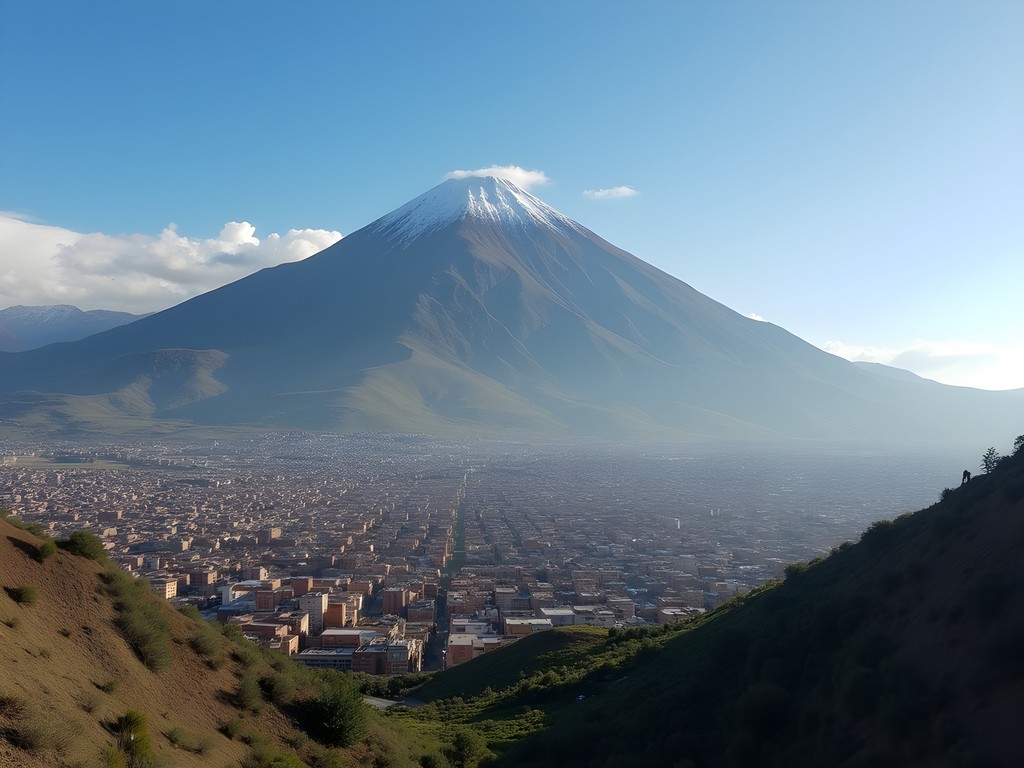
💡 Pro Tips
- Start acclimatizing at least 3 days before attempting the summit
- Pack for temperatures well below freezing, even if Cochabamba feels warm
- Consider hiring a local guide who knows Tunari's changing conditions
The Ascent: Finding Rhythm in Thin Air
Our trek began from Quillacollo, a small town northwest of Cochabamba, where I joined a group of four other trekkers—two Germans, a Chilean, and a Bolivian university student studying environmental science. We connected instantly over shared values around responsible trekking, and I was particularly impressed by our local guide Miguel's knowledge of the mountain's fragile ecosystem.
The first day's hike took us through agricultural lands where farmers still use traditional methods passed down through generations. The terraced fields reminded me of similar systems I'd seen in Japan's rural areas—an ancient form of sustainability that modern agriculture could learn from. We ascended gradually through eucalyptus groves (introduced species, Miguel noted with slight disapproval) before reaching our first camp at 3,800 meters.
Day two brought the real challenge as oxygen grew scarce and each step demanded deliberate effort. The landscape transformed dramatically—vegetation thinned until we were walking through a moonscape of rock and sparse, hardy plants clinging to existence. My hiking boots proved their worth here, providing crucial ankle support on the increasingly technical terrain.
The silence at our high camp (4,600m) was profound, broken only by the occasional whistle of wind through rock formations. That night, huddled in my four-season tent, I experienced the peculiar insomnia that high altitude brings—a restless alertness despite physical exhaustion.

💡 Pro Tips
- Maintain a slow, steady pace—this is not a race
- Practice the 'rest step' technique for efficient climbing at high altitude
- Document the changing ecosystems as you ascend—it's a remarkable natural classroom
Summit Day: The Mountain's Test
Summit day began at 3:00 AM, the beam of my headlamp cutting through darkness so complete it felt tangible. The temperature had dropped to -8°C (17°F), and I was grateful for every layer I'd packed. Miguel led our small group with quiet confidence, his silhouette occasionally visible against the star-filled sky.
The final push to Tunari's summit demands technical scrambling in sections. My hands, despite gloves, grew numb as I navigated the rocky outcroppings. The concept of gaman—Japanese for 'enduring the seemingly unbearable with patience and dignity'—came to mind repeatedly during those challenging hours.
We reached the summit just as dawn broke over the Cordillera Oriental. The first rays of sun illuminated Lake Alalay to the east and the vast Cochabamba valley below. To the west, on exceptionally clear days, they say you can glimpse the distant Pacific. The group fell silent, each of us processing the moment in our own way. For me, it was a profound reminder of nature's scale and our small but significant place within it.
The panorama was worth every labored breath. The Cochabamba valley stretched out like a topographical map, with the city appearing as a collection of miniature buildings. Snow-capped peaks punctuated the horizon in every direction, and the thin air lent an extraordinary clarity to the view. I captured the moment with my camera, though no photograph could truly convey the feeling of standing there.

💡 Pro Tips
- Start your summit push early—weather typically deteriorates by afternoon
- Take a moment of stillness at the summit to fully appreciate your achievement
- Bring a small offering for the Pachamama (Mother Earth) as locals do—perhaps a few coca leaves
Cultural Connections: Beyond the Climb
What distinguishes Tunari from other Andean treks is the rich cultural tapestry woven into the mountain itself. On our descent, we took a different route that led us through small indigenous communities where Quechua is still the primary language. In one village, Chaquimayu, we were invited to participate in a small ceremony honoring the mountain—a practice that has continued uninterrupted for centuries.
An elderly woman named Doña Francisca explained how Tunari provides water for their crops, protection from harsh weather, and serves as a spiritual anchor for their community. I was struck by the parallels to Japanese Shinto beliefs about mountain kami (spirits) that I learned about from my father.
We spent our final night with a host family in a homestay program that directs funds back into community development. My host, Luis, showed me how they're implementing water conservation techniques in response to changing rainfall patterns—a grassroots sustainability initiative that resonated deeply with my professional work.
Over a dinner of ch'arki (dried llama meat), quinoa, and local potatoes, Luis's family shared stories of Tunari that won't be found in any guidebook. They spoke of hidden lakes with healing properties, caves where ancient ceremonies are still performed, and how climate change is affecting their agricultural cycles. This exchange—this authentic connection—is the essence of meaningful travel that I continually seek.
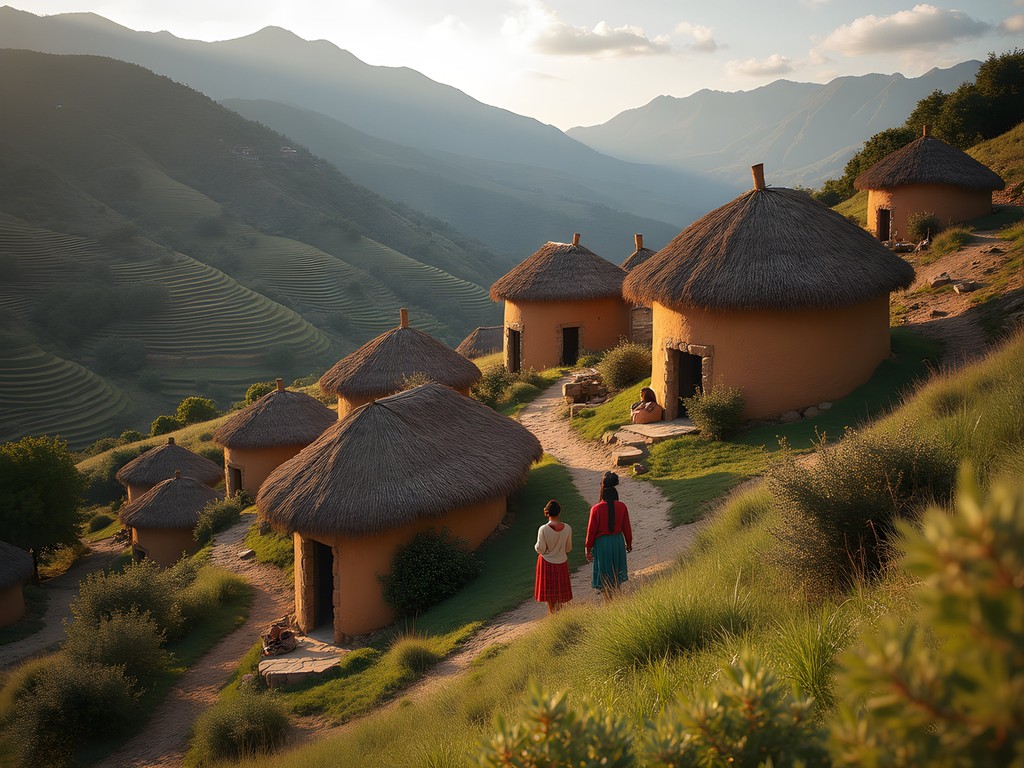
💡 Pro Tips
- Learn basic Quechua phrases to connect with local communities
- Participate in community-based tourism initiatives that benefit local economies
- Ask permission before photographing people or cultural ceremonies
Sustainable Trekking: Leaving No Trace on Tunari
As both a sustainability consultant and responsible traveler, I approached Tunari with a commitment to minimizing my impact. The mountain faces increasing environmental pressures from climate change, agricultural expansion, and growing tourism. Yet I was heartened to see local guides like Miguel championing leave-no-trace principles.
Our group carried specialized waste bags to pack out all waste from higher elevations where decomposition occurs slowly. We purified water rather than relying on plastic bottles, and carefully followed established trails to prevent erosion.
On our descent, Miguel pointed out areas where reforestation efforts are underway to combat erosion and restore native plant species. I was particularly interested in the community-led initiatives that balance conservation with the economic needs of local farmers.
One afternoon, we participated in a small tree-planting project with a local environmental group. As I dug my hands into the rich Bolivian soil, planting seedlings of native queñua trees that can survive at high altitudes, I felt that peculiar satisfaction that comes from giving something back to a place that has given you so much.
This experience reinforced my belief that sustainable tourism isn't just about minimizing harm—it's about actively contributing to the places we visit. Whether through supporting local economies, participating in conservation efforts, or simply spreading awareness, travelers have the power to be agents of positive change.

💡 Pro Tips
- Pack out everything you pack in—Tunari's ecosystem is fragile
- Support guides and companies with clear sustainability policies
- Consider offsetting your travel carbon footprint through verified local projects
Final Thoughts
As my bus wound down from the Cochabamba highlands toward La Paz, Tunari's silhouette gradually receded in the distance—but its impact on me remains undiminished. This mountain trek transcended mere adventure; it became a journey of connection: to the land, to the people who call it home, and to a deeper understanding of sustainable coexistence. For those willing to embrace its challenges, Tunari offers far more than spectacular views; it provides a masterclass in resilience, cultural preservation, and the delicate balance between human needs and environmental protection. Whether you're an experienced trekker seeking a less-traveled Andean peak or a sustainability-minded traveler looking for authentic experiences, Tunari's ancient slopes await. Just remember: the mountain has stood for millennia, and with responsible stewardship, it will continue to stand—a guardian watching over Cochabamba for generations to come.
✨ Key Takeaways
- Tunari offers a challenging high-altitude trek that requires proper acclimatization and preparation
- The mountain provides unique opportunities to engage with indigenous Quechua communities and their sustainable practices
- Winter trekking (May-October) demands advanced preparation but rewards with clearer views and fewer crowds
- Community-based tourism initiatives around Tunari provide authentic cultural exchanges while supporting local economies
📋 Practical Information
Best Time to Visit
May to October (dry season, though cold)
Budget Estimate
$300-500 for a 7-day trek including guide, food, and basic accommodations
Recommended Duration
5-7 days (including acclimatization)
Difficulty Level
Advanced - Technical Sections And High Altitude (5,035m)


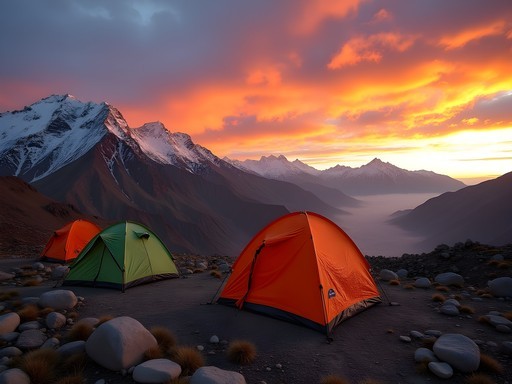

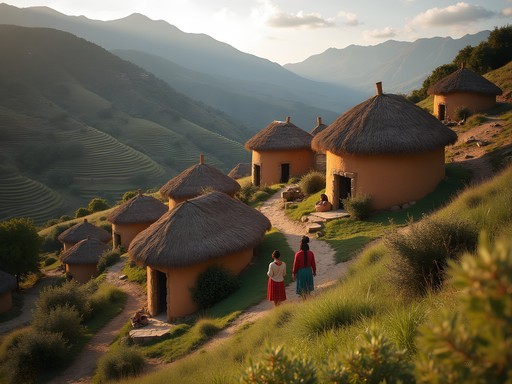
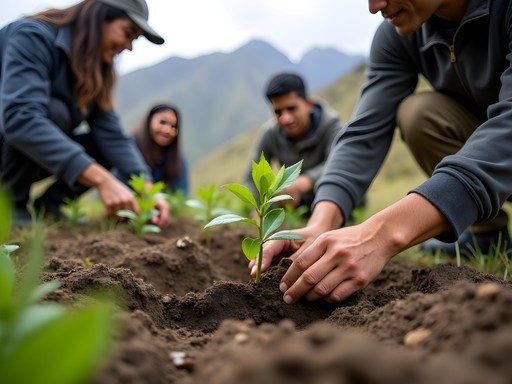



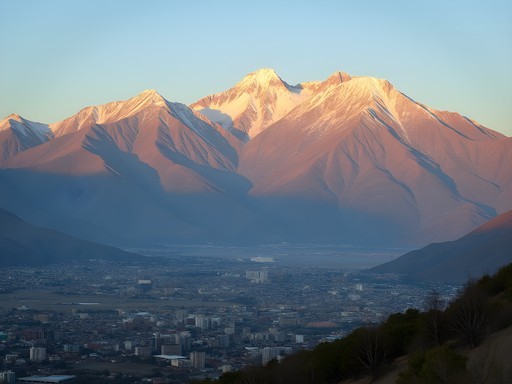
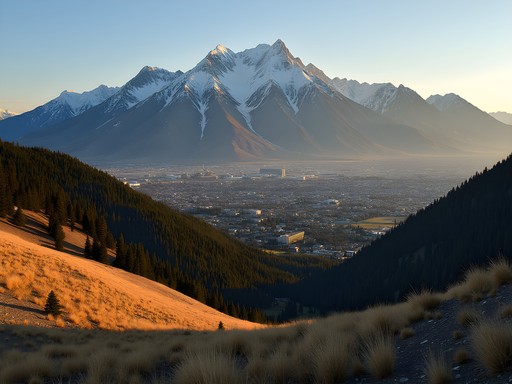

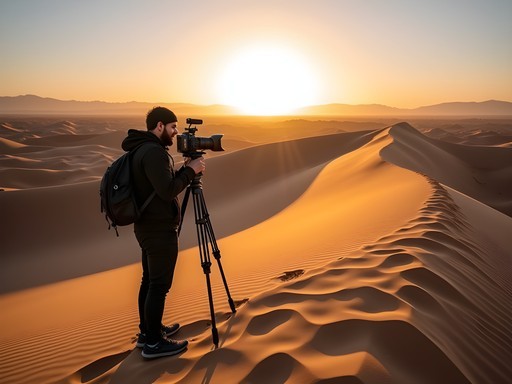
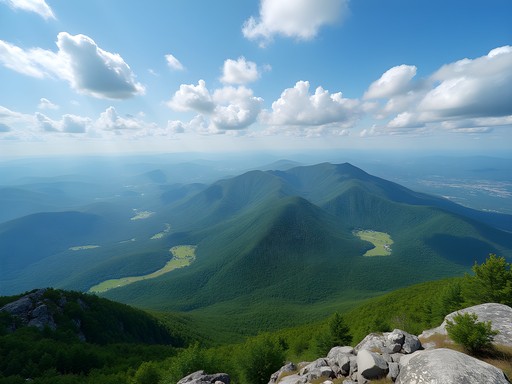


Comments
nomadlife
Just got back from Bolivia last week and your post brings back all the memories! Tunari was the highlight of my time in Cochabamba. That section where the trail narrows with steep drops on both sides had my heart racing! One tip for future trekkers - the weather changes FAST up there. We started in sunshine and were in thick fog within 30 minutes. The locals we met along the way shared their coca leaves which definitely helped with the altitude. Your cultural connections section is spot on - those interactions were just as memorable as the summit views.
mountainrider
How many days did the whole trek take you? Is it possible to do it as a day hike or do you need to camp?
coolclimber
Not the author but I did it in one VERY long day. Started at 4am, summit by noon, back down by sunset. Wouldn't recommend unless you're already acclimatized though!
Megan Martin
Excellent write-up on Tunari, Sakura. I was in Cochabamba last month for a conference and managed to squeeze in this trek. Your section on 'Finding Rhythm in Thin Air' is spot-on professional advice. For anyone planning this trek, I'd add that hiring a local guide is invaluable - not just for navigation but for understanding the ecological significance of the region. The Tunari National Park has fascinating biodiversity that's easy to miss without expert eyes. Also worth noting that cell service is virtually non-existent once you're on the mountain proper, so proper preparation is essential. The Quechua communities you mentioned were incredibly welcoming, especially in the northern sectors of the park.
beachlover
I never thought I'd be interested in mountain trekking (hence my username lol) but your storytelling has me reconsidering! The cultural connections part especially caught my attention. How were the locals in Cochabamba? Would you recommend any particular homestays or places to interact with the community?
journeydiver
Would you say this trek is doable for someone who's never hiked above 3,000m before? The views look incredible but I'm a bit worried about the altitude!
nomadlife
Not OP but I did Tunari last year with limited high-altitude experience. Just spend 3-4 days in Cochabamba first and take it SLOW on the ascent. Drink coca tea and stay hydrated. You'll be fine!
journeydiver
Thanks for the encouragement! Definitely adding coca tea to my list.
Nicole Russell
Sakura, you captured the essence of Tunari perfectly! I trekked it last winter and that thin air is NO joke. The way you described finding your rhythm at altitude resonated so much with my experience. I spent 3 days in Cochabamba beforehand which helped tremendously with acclimatization. Did you get to try the api con pastel at the markets? That warm drink saved my life after coming down from the summit! Your cultural connections section made me nostalgic for those incredible Quechua communities we passed through. Definitely one of Bolivia's underrated treasures!
redlife
How cold was it when you went? Trying to figure out what to pack!
Nicole Russell
@redlife LAYERS! It was below freezing at summit, especially with wind chill. But you warm up fast while hiking. My insulated jacket was perfect - lightweight but super warm when needed.
coolclimber
What a beast of a mountain! 5,035m is no joke. Those summit views are absolutely worth it though!
Jose McDonald
Just got back from Tunari last month and your post is spot on! For anyone planning this trek, I can't stress enough how important proper layering is. The temperature swings are WILD! I started freezing at dawn, was sweating by mid-morning, then nearly froze again at the summit with the wind chill. My insulated jacket was a lifesaver - packable but warm when needed. Also, the local collectivos to the trailhead run more frequently on weekends (every 30 min vs hourly on weekdays). And don't miss the little food stall run by Doña Elena about 1km from the trailhead - her api (corn drink) is PERFECT fuel before the climb! Tunari is easily one of the best day treks I've done in South America. The views of Cochabamba valley are worth every labored breath!
starwanderer
Thanks for the collectivo tip! Was planning a Wednesday hike but might switch to Saturday now.
backpackguide
Just got back from Tunari last week! For anyone planning this trek - the local buses Sakura mentioned are PERFECT. We paid just 5 bolivianos to get to the trailhead from downtown Cochabamba. So much cheaper than the tours! Also, bring extra water - the streams mentioned in older guidebooks were completely dry when we went. The altitude is no joke!
wanderpro
Thanks for the water tip! Did you find any places to refill along the way?
backpackguide
Nope, had to carry everything! We each brought 3 liters and it was just enough for the day hike version.
dreammate
Those sunrise photos from the summit are incredible! Worth the climb just for that view!
Venture X
Premium card with 2X miles, $300 travel credit, Priority Pass